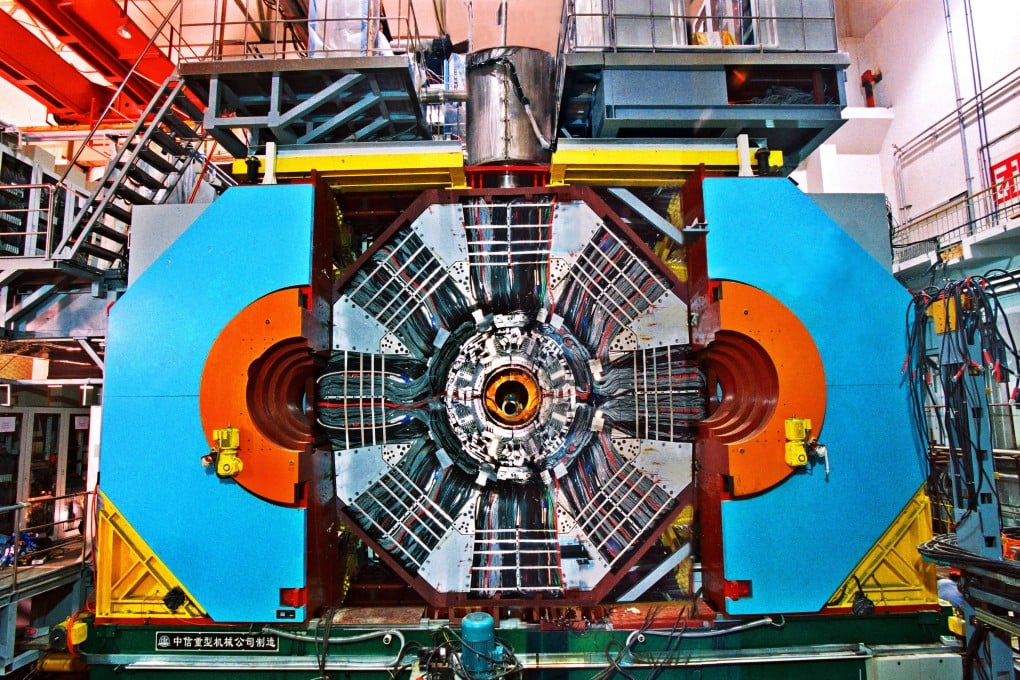Chinese particle collider takes scientists one step closer to figuring out the world
- Quarks, the ultimate building blocks of all matter, come in six types and usually in combinations of two or three
- Likely four-quark particle spotted by Beijing Electron Positron Collider has never been seen before

Scientists will be able to better understand how quarks – the tiny building blocks of matter – bind together to form the world around us, thanks to a never-before-seen particle spotted by a detector in China.
The so-called Y(4500), created by smashing electrons and their antiparticles – or positrons – together at speeds close to that of light.
The particle emerged when collision energy was fine-tuned to around 4500 million electron volts – according to the scientists from 82 institutions in 16 countries, including China, the US, Germany, Russia, Korea and Japan.
A paper on their findings was published in the November issue of peer-reviewed journal Chinese Physics C.
The detection of Y(4500), together with other four-quark-particle candidates previously discovered, showed it was very likely that such structures of matter do exist – even though they are not predicted by conventional theories, said Yuan Changzheng, a researcher at the Chinese Academy of Sciences’ Institute of High Energy Physics.